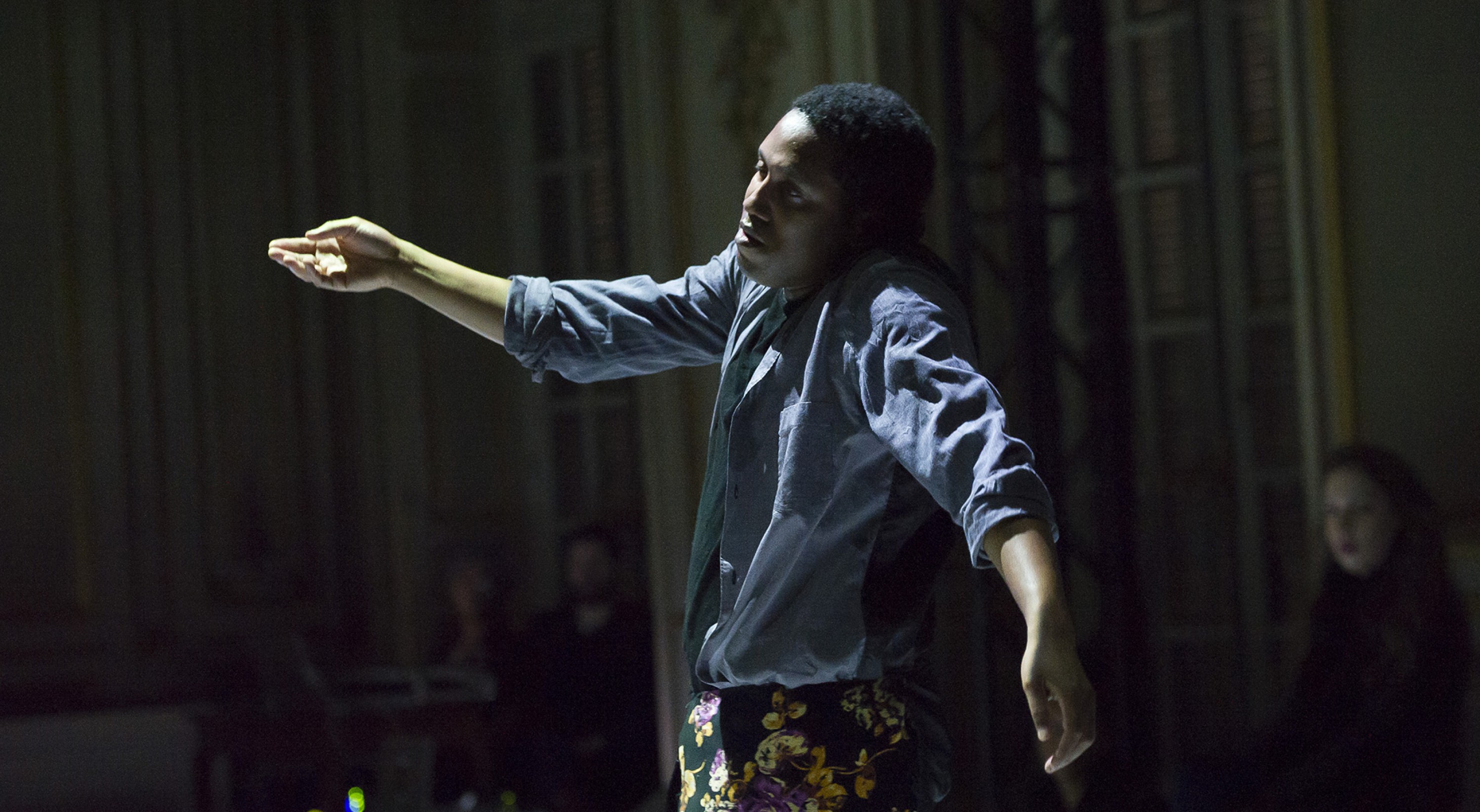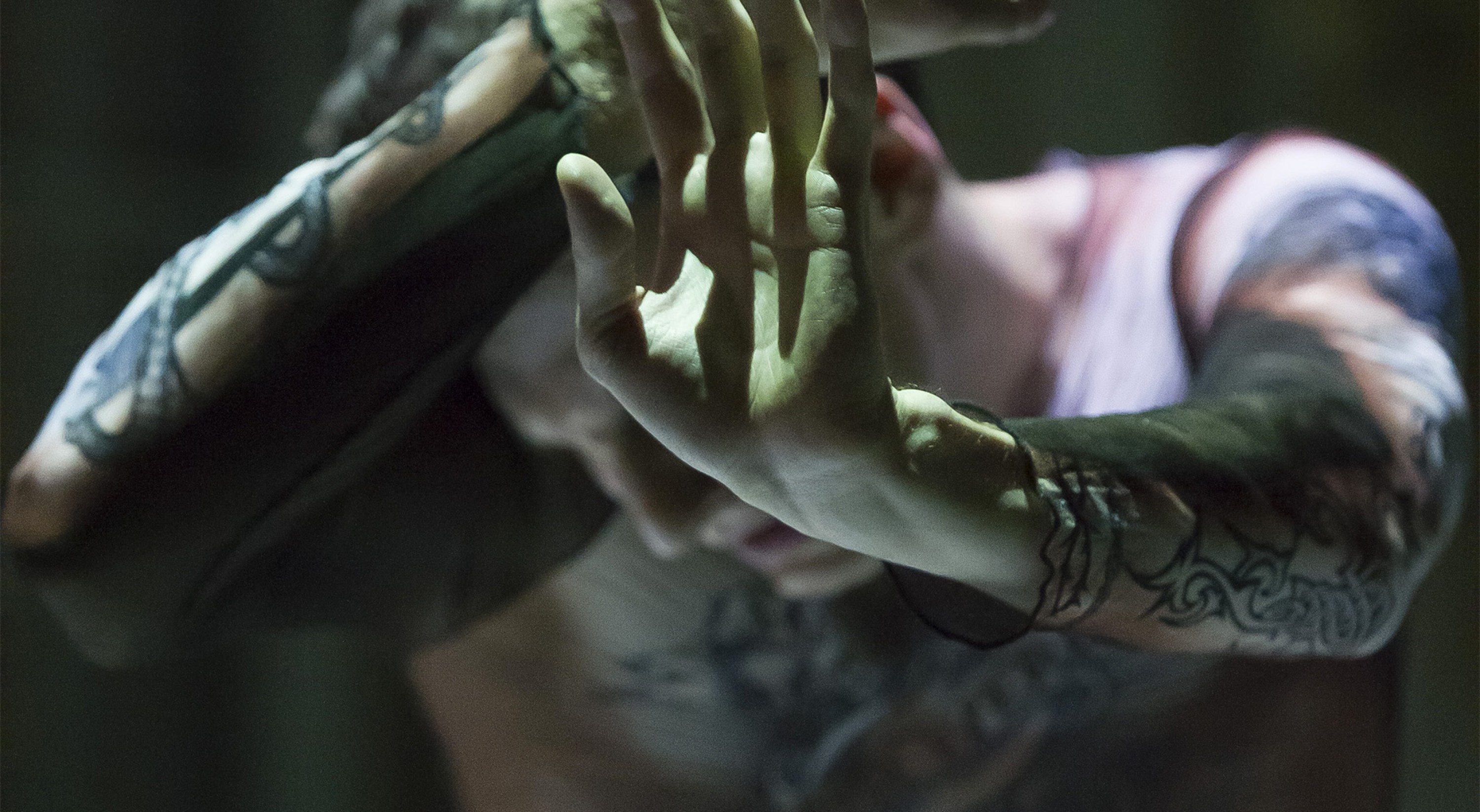Trajal Harrell
In the Mood for Frankie
septembersept 22
Choreography, costumes, soundtrack, Trajal Harrell
Performers, Trajal Harrell, Thibault Lac, Ondrej Vidlar
Installation design, Trajal Harrell
Lighting design, Stéfane Perraud
Costume, Comme des Garçons, Anne Demeulemeester, Jean Paul Gaultier and the Performers
Manager, Michael Hart
Technical director, Santiago Latorre
Production Causecélèbre vzw
Diffusion ART HAPPENS
Commissioned by The Museum of Modern Art New York
In co-production with the Singapore International Festival of the Arts
The Bourse de Commerce - Pinault Collection and the Festival d'Automne à Paris present this performance in co-production
With the support of the Embassy of the United States of America, France
Portrait Trajal Harrell is presented with the support of Dance Reflections by Van Cleef & Arpels
France Culture is a partner of Portrait Trajal Harrell
In the Mood for Frankie, a trio featuring Thibault Lac, Ondrej Vidlar and Trajal Harrell, is a homage to muses past and present. Over the course of a vertiginous choreography, the piece combines reminiscences de butoh, pop culture and high culture.
Clearly, Trajal Harrell's personal pantheon is full of personalities stemming from a wide range of horizons. The American choreographer is unparalleled in his ability to blend culture and influence. With In the Mood for Frankie, he promises us "a park full of muses between history and imagination". Switching from dream to reality, Trajal Harrell looks into the unique statute of the muse. He summons up figures from the world of butoh, from Yoko Ashikawa to Kazuo Ôno, the cinema of Wong Kar-Wai, pop music by Sade and the style of Rei Kawakubo, the fashion designer behind the Comme des Garçons brand. Trajal Harrell uses this universe of different sources to create a fully-inhabited performance, alongside two faithful companions, the performers Thibault Lac and Ondrej Vidlar. In the Mood for Frankie, developed during his residency at New York's MoMA in 2016, takes on the allures of a living installation in which the different bodies are in the closest possible proximity to each other and the audience. It is this idea of collectively re-imagining the impossibilities of history that Trajal Harrell investigates, in the here and now.
See also
In the same place


